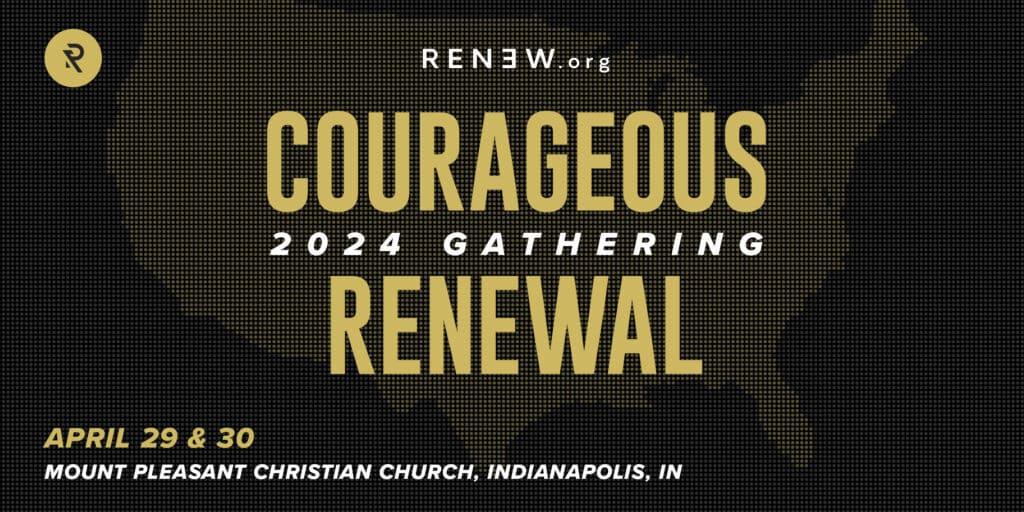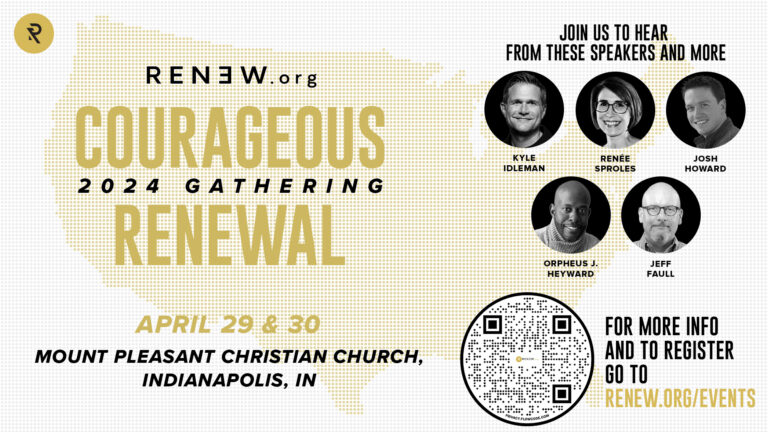Once you confirm that a young person is at risk, you must act immediately. Dr. Paul Quinnett has designed a very simple, but very effective, procedure to follow if you believe someone may be suicidal. The procedure is referred to as “QPR: Ask a Question—Save a Life.”[1] The initials QPR stand for: Question, Persuade, and Refer.
You do not have to be a professional counselor in order to understand and implement this procedure with someone who is suicidal. Anyone who has had a minimum of training can follow this procedure and prevent an unnecessary tragedy. Much like CPR or the Heimlich Maneuver, the fundamentals of QPR are easily learned.
“Q” stands for “question.”
If you believe a young person may be suicidal because they have exhibited some of the classic signs of suicidal risk or if they have given some verbal signs (whether direct or veiled), then do not hesitate to question them directly by asking, “Are you contemplating suicide?” or “Are you thinking of harming yourself?”
You may not be comfortable with coming out directly and asking them if they are thinking of committing suicide. In that case, you could begin by taking a less direct approach and acknowledging the teen’s distress by asking, “Have you been unhappy lately?” “Have you been very unhappy lately?” “Have you been so very unhappy that you wished you were dead?”
The important thing is for you to find a way of asking the question that is comfortable for you. The exact wording is not as critical as is the need for you to make the specific inquiry. Don’t worry that you will offend a teen by asking the question. Many are actually very relieved to be able to talk about it and to know that someone is actually paying enough attention to them to notice the depth of their pain.
But if you ask the question and you receive a “Yes” response from them, you must now do something with this information. It is now time to apply step two, which is to “Persuade” them to get help.
The first response you need to make as a concerned youth worker after hearing the confirmation of a suicidal intent is to simply be a good listener. Listening can be life-saving. “Listening takes time, patience, courage, but it is always right. Advice tends to be easy, quick, cheap and wrong.”[2] To become a better listener, just follow these simple guidelines:
- Give the person your full attention.
- Do not interrupt them when they are speaking and only speak when the other person has finished.
- Do not rush to judgment or condemnation.
- Get a grip on your own fear concerning the situation so that you can focus all of your attention on the other person.
The goal of persuasion is simple. All you need to accomplish is to convince the person who is thinking of harming themselves to get some help. You could say something like: “Will you go with me to see a counselor?” (Or a minister or a doctor or any kind of professional person they are willing to see.) “Will you let me help you make an appointment with . . . ?”
Some teens who are suicidal may agree to get some help, but not follow through with their agreement. The more hopeless they feel, the more difficult it will be for them to follow through in getting help. That’s why it is preferable for you to take them to the professional helper immediately.
If you can’t get the teen to go with you immediately, then try to get them to make a commitment to go on living and not harm themselves until they are ready to see someone. The best way to get this commitment is to have them sign a “No Harm” agreement.
Here is what a sample NHA might look like:
I, __________________________, will not harm myself or anyone else in any way. If I feel as though I may injure myself or someone else, I will first contact _________________ at ___________________. If I am unable to reach that person, I will then contact _________________________ at _______________________. In the event that I am unable to contact either of these people, I promise not to harm myself or anyone else and, I promise to contact the crisis line at ______________ immediately. ____________________________________ Signature/Date _____________________________________ Therapist or Witness/Date
The last step in the QPR model of intervention is to make the “Referral.” The best way to do this is to personally accompany the teen to the referral professional or agency. The next best referral is when the teen agrees to see a professional and you are convinced that they will actually keep their word. The third best referral is getting the person to agree not to harm themselves and to seek professional help in the near future.
Above all, you must know where professional help is available and help direct the teen to them.
Some referral possibilities would be: 1) Crisis or Suicide Prevention Center; 2) Physician; 3) Mental Health Center; 4) Mental Health Professionals; 5) Ministers; 6) and State and Local Mental Health Associations.
When a student reveals to you that they are considering suicide, besides working toward persuading them to get help, you should do a risk assessment.
This will give you a good idea of how serious the teen is about committing suicide. This will help you to know how “hard” you should push them toward accepting your recommendation to seek professional help.
The following acronym should be memorized and followed when trying to determine the seriousness of the risk: S‑L‑A‑P.
- S ‑ How Specific are the details of the “plan of attack.” The greater the details, the higher the degree of risk.
- L ‑ What is the Lethality Level of the proposed method? Is the teen threatening to take a dozen aspirin or put a shotgun to the head?
- A ‑ What is the Availability of the proposed method? A gun is a very specific and a very lethal method, but if the teen does not have one readily available to use, then you know you have some time to persuade him to get help.
- P ‑ What is the Proximity of helping resources? The greater the distance from those who could rescue him in an emergency, the greater the degree of risk.
Always take a suicide threat seriously! Don’t ignore the warning signs. Be sincere; this will build trust and establish a positive basis for the encounter/relationship. Communicate your concern for the well-being of the teen. Be honest, caring, and compassionate.
Avoid overwhelming the teen by asking too many questions. It is better to allow the teen to speak and to listen actively for clues. Do not offer promises you cannot keep. Avoid unrealistic assurances. Remember that you are not responsible for a teen’s life. The choice is theirs. But you may give hope and remind the teen that suicide is a permanent solution to a temporary problem.
[1] Paul Quinnett, QPR Institute. “What Is QPR?” Accessed October 28, 2016. https://www.qprinstitute.com/about-qpr
[2] Paul Quinnett, Question, Persuade, Refer: Ask a Question, Save a Life . (Missouri Department of Mental Health, 1991), p. 16.
(Excerpted from Gary Zustiak, Intensive Care: A Manual for Nonprofessionals Who Work with Hurting and Broken Youth. Used with permission.)











